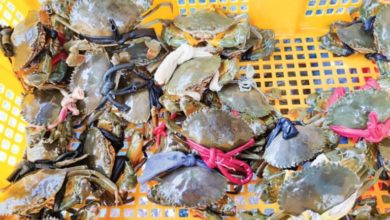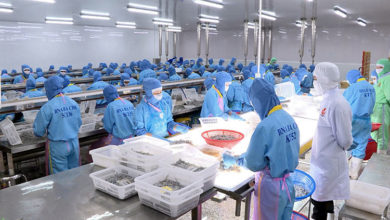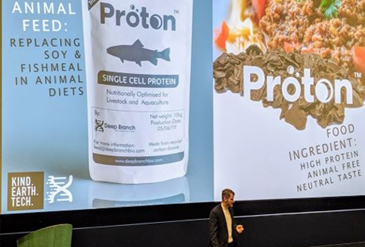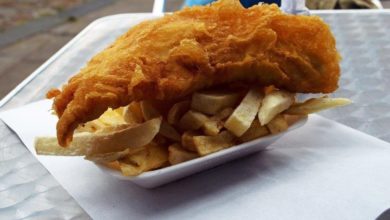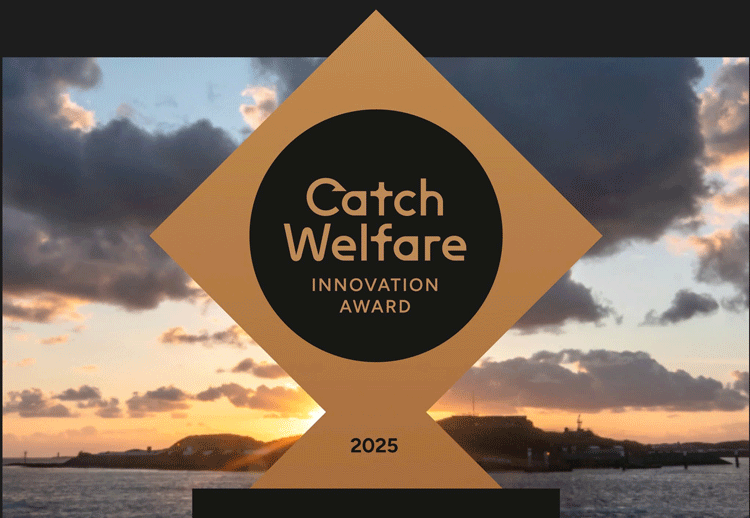SPF vs. Non-SPF Breeding models – Benchmark’s strategy to deliver the best of both worlds.
Take home key points.
- Nucleus sentinel trials combined with genomics and disease challenge tests in target environments enable high-performance breeding decisions – in local adaptation strategies for product development.
- Through genomics, integrated SPF and non-SPF breeding models optimize shrimp genetic advances across global environments.
- Improved biosecurity and local adaptation strategies with a track record of supporting sustainable shrimp farming.
- The use of advanced genomic tools in selection improves the accuracy of breeding stock selection, enhancing overall shrimp health and productivity.
- Commitment to disease resistance developing shrimp lines that are resilient to diseases like WSSV, AHPND, EHP, and WFD, is crucial for maintaining healthy stock.
- Development of new shrimp lines designed to meet specific environmental and health challenges in shrimp farming.
The goal of many aquaculture breeding programs is to produce animals that, although born and raised in biosecure-controlled conditions, will have excellent performance in highly diverse environments. The key issue to reach that goal is the interaction between genotype and environment (G x E). G x E is fundamental in shrimp aquaculture, as it determines how different genetic lines perform under varied environmental conditions. Given the diverse environments where shrimp are farmed, G x E plays a crucial role -, particularly for survival rates. -.
However, regarding growth, the results are less clear. While some studies report high genetic correlations between growth in different environments, others show low correlations for this trait. In other words, while some genetic lines show consistent growth across different environments, others do not, highlighting the need for a strategic approach to genetic improvements and product line development.
At Benchmark Genetics, our deep understanding of G x E is the key to our innovative breeding strategies, which through genomics, incorporates both SPF (Specific Pathogen Free) and non-SPF breeding models to optimize genetic performance across global aquaculture operations. Combining genomic tools, disease challenge tests, and family trials in commercial environments. Benchmark’s core strategy is to deliver products with high biosecurity status, that are also well adapted to thrive in local production environments.
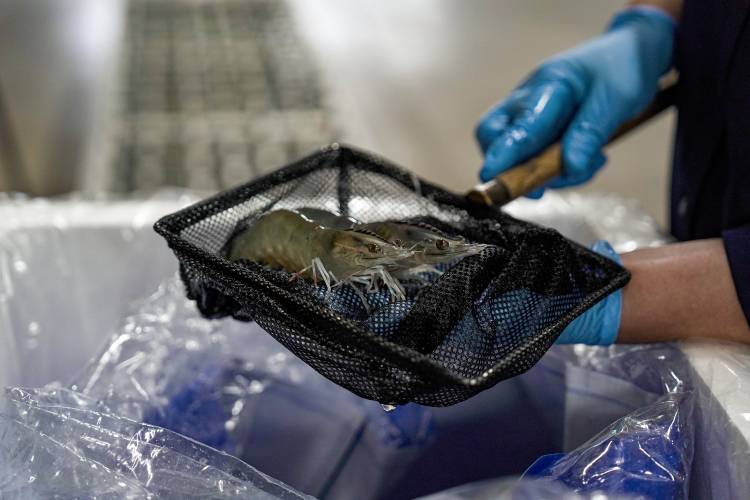
Combining SPF and Non-SPF models
Our breeding program incorporates both SPF and non-SPF models to utilize and make the most out of the advantages of each. This dual approach allows us to achieve high biosecurity levels, maintain genetic diversity, and adapt locally to meet specific environmental demands.
In the non-SPF (non-Specific Pathogen Free) breeding approach, of which Ecuador and other programs in Latin America are examples, survivors from the ponds under local environmental & disease conditions are selected and used as breeders. This approach has shown its effectiveness in various regions, including parts of Central America, Southeast Asia, and other tropical regions where shrimp farming is prevalent. It has also led to the development of strains that are tough and disease-tolerant, well-adapted to local conditions, but that carry higher biosecurity risks and are not recommended to be used in controlled intensive culture systems as summarized in the table below (Table 1)
| Non-SPF breeding model | SPF breeding model |
| Advantages | Disadvantages |
| Powerful method for short term selection with high selection intensity | Less intense selection pressure for production relevant conditions |
| Effective local adaptation by selecting in farm conditions | Limited ability for local adaptation |
| Disadvantages | Advantages |
| Biosecurity risk, pathogen exclusion almost impossible | Higher levels of biosecurity via SPF stocks |
| Risk of accumulated inbreeding effects without proper management | Genetic improvement cumulative, focused & documented |
| Limited focus to one particular trait, with lots of temporal variation | Simultaneous improvement of multiple traits in the breeding goal |
| Losing genetic diversity, i.e. good genes for other traits / environments | Maintenance of genetic diversity & gene bank for future traits / environments |
Table 1. Advantages and disadvantages in SPF and Non-SPF breeding programs.
While this approach has led to significant advancements in shrimp aquaculture by utilizing locally adapted and disease-resistant stock, it also has a history of ‘boom and bust’ cycles and is not suitable for intensive shrimp culture in the long term. For instance, in the late 1990s and early 2000s, the outbreaks of White Spot Syndrome Virus (WSSV), devastated shrimp populations worldwide. The viral disease spread rapidly through shrimp farms, many of which relied on non-SPF stocks. Since the breeding stock was selected from survivors in non-biosecure conditions, they were often not specifically selected for resistance to emerging diseases like WSSV, leading to substantial and widespread losses. This pattern underscores the inherent risks and challenges of relying solely on non-SPF methods without integrating robust biosecurity measures.
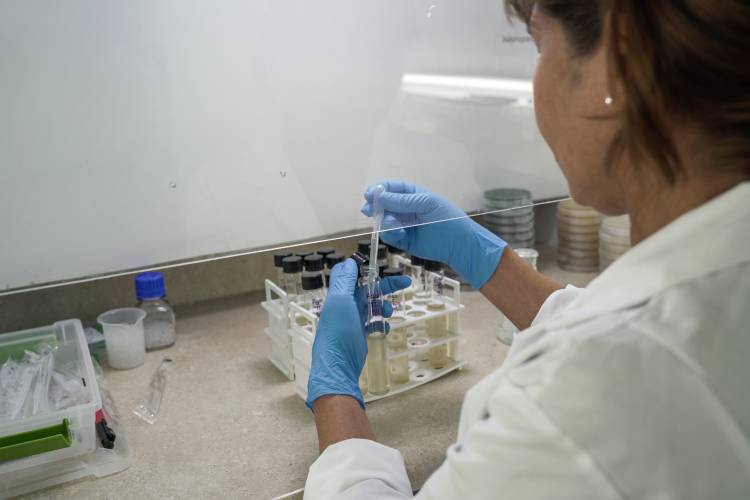
Mitigating your risks and losses through advanced strategies
The new technologies in genomics, pioneered by professional genetics companies like Benchmark, have changed the playing field and allowed advanced breeding programs to look at new approaches combining the best of both worlds – i.e. strong selection for best performance in commercial conditions while maintaining the highest biosecurity status.
Genomic information shifts our focus from simply identifying which breeder is a good candidate, to understanding what specific genetic characteristics make it the best. One effective practical method is the use of genomic selection based on sentinel trials, while the candidates themselves remain in a biosecure breeding nucleus. We then use the performance data gathered from these siblings to make informed selections of breeders within the Breeding Nucleus, selecting the best individuals from the best families. This strategy is based on three important pillars:
- Precision breeding with genomic information: We use genomic information to do more than just identify potential breeders. By analysing specific genetic markers, we determine which attributes make a shrimp more capable of withstanding diseases and environmental stresses. This approach helps the producer prevent economic losses from unexpected diseases or environmental changes.
- Enhanced selection with sentinel trials: At Benchmark, sentinel trials are a crucial part of our strategy to mitigate risks. By assessing the growth & proxy survival performances of a breeder’s siblings in various environmental conditions, we gain a better understanding of how their genetics will perform in different commercial settings. This method enables us to accurately choose breeders that are not only promising in controlled environments but also resilient and robust in real-world farming conditions.
- Biosecure breeding nucleus: We maintain our selection candidates in a biosecure breeding nucleus, which protects our breeding stock from potential pathogens found in commercial farms. This controlled environment helps us keep biosecurity at optimal levels, significantly reducing the risk of introducing diseases into our breeding program, and enabling an SPF supply chain to clients.
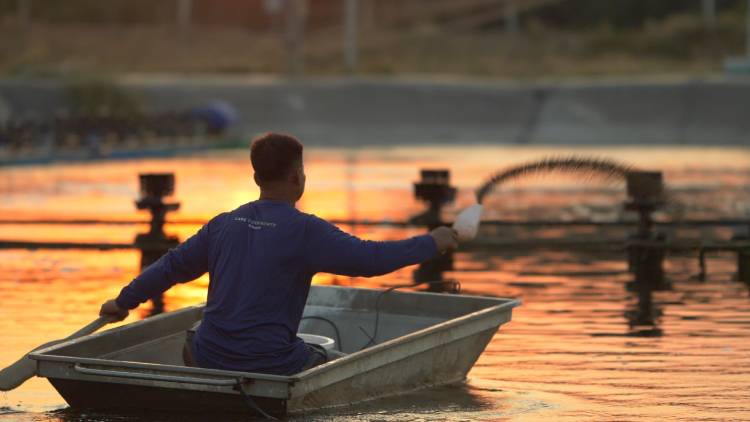
How is it done?
At Benchmark, post-larvae (PL) from all the nucleus families produced in each generation, and split Into groups. One group of families Is retained In the biosecure nucleus, and another Is sent to be evaluated under commercial farming conditions in key markets. A representative number of animals, known as Sentinels, are randomly collected at harvest to determine the best-performing families and individuals. These samples and their parents, undergo genotyping using a high-density SNP array that analyses genetic markers across the animal’s genome. This detailed DNA profiling is also performed on the biosecure selection candidates, enabling us to use genomic selection. This technique predicts the breeding values of these candidates by analysing both genetic and observed performance data from their siblings in the trials.
Although genomic selection is well-established in terrestrial livestock and advanced aquaculture, its application in shrimp breeding is more recent. Benchmark has pioneered this approach, particularly in improving disease resistance, focusing on combating WSSV (For more details, visit: Nature Article). A major advantage of genomic selection is that it allows us to select the most promising individuals within a family, rather than just the best overall families, based on detailed phenotype data from the siblings of the selection candidates.
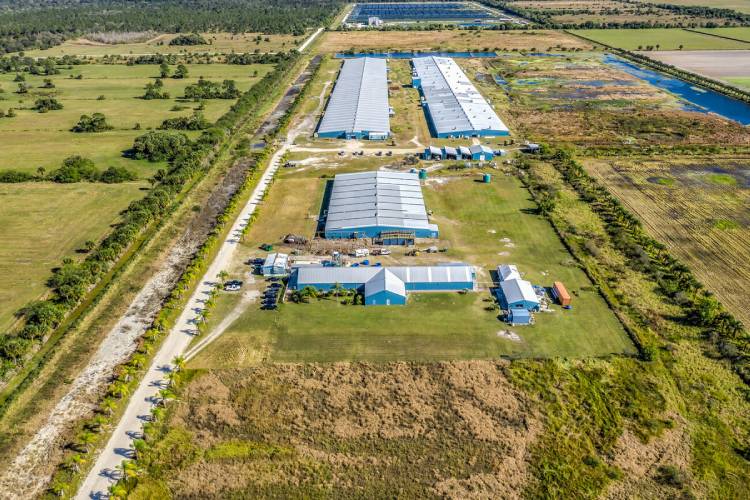 00
00
Historically, the routine use of genomic selection was cost-prohibitive. However, Benchmark has developed a more affordable, optimized SNP array platform for genotyping, also making this advanced technology accessible to the wider industry at market-leading prices (Further details can be found here: Benchmark Genetics Services).
In addition to sentinel testing in commercial settings, we also test the same nucleus families in controlled environments for resistance to common pathogens like WSSV, the Vibrio responsible for Acute Hepatopancreatic Necrosis Disease (AHPND), the microsporidian Enterocytozoon hepatopenaei (EHP), and a vibrio alginolyticus that causes White Feces Disease (WFD), collecting both phenotypic and genotypic data from all animals studied.
Growth and survival rates of each family and their individual members across the various conditions and tests are also evaluated. The resulting data helps us calculate breeding values, guiding us in selecting the top-performing families and individuals. Figure 2 summarizes this approach, illustrating the integrated process from testing to selection


